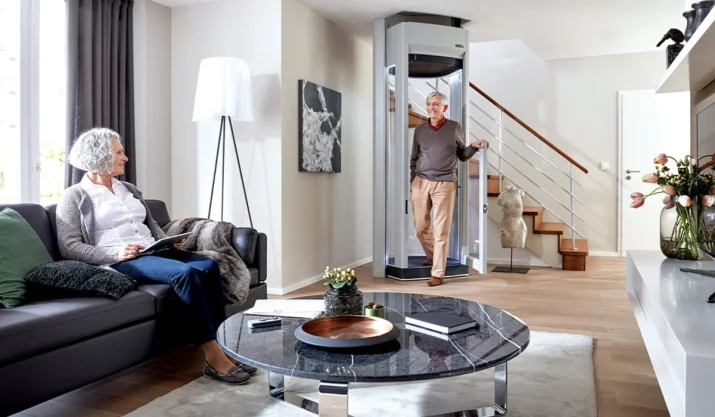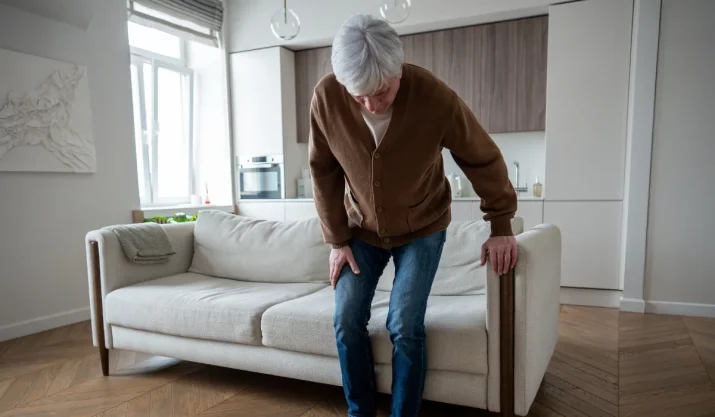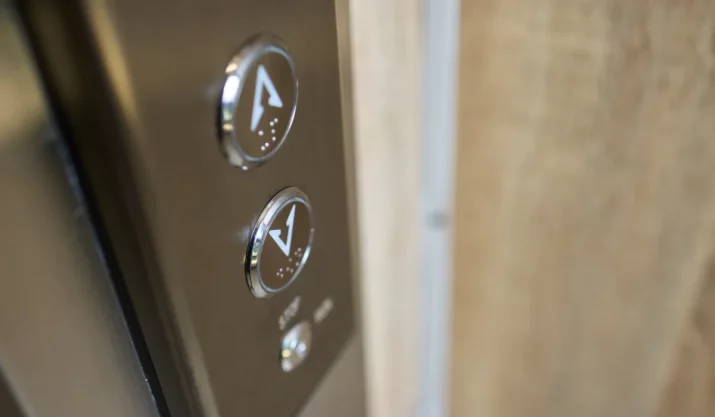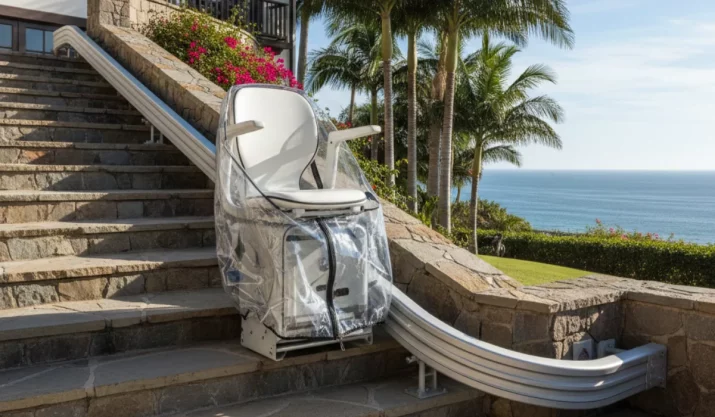Must-Know Tips for Home Elevator Safety

Table of Contents
- Key Takeaways
- Understand How Home Elevators Work
- Choose an Elevator with Built-In Safety Features
- Follow Installation and Inspection Guidelines
- Be Mindful of Children and Pets
- Have a Plan for Emergencies
- Stay Up to Date on Safety Standards
- Know the Weight Limit and Use the Elevator Properly
- Safety Starts with Awareness
Installing a home elevator can be a game-changer for accessibility, comfort, and independence—especially for older adults and people with limited mobility. But like any mechanical system, home elevators must be used and maintained correctly to ensure safety for everyone in the home.
Whether you’re considering a new elevator installation or already have one, these tips will help you keep your residential elevator safe, reliable, and compliant with current safety standards.
Key Takeaways
- A home elevator is different from commercial elevators and follows its own unique residential safety codes and systems.
- Built-in safety features like interlocks, space guards, and emergency power are essential for protecting people during use.
- Regular inspections and proper maintenance help keep your elevator safe and reduce the chances of accidents or malfunctions.
- Children and pets must be kept safe around elevators, and updates may be needed to meet current safety standards.
Understand How Home Elevators Work
A home elevator is not just a smaller version of what you’d find in a hotel or office building. Residential elevators are built with unique components and operate under different rules than commercial elevators. They’re designed specifically for private homes and often use different drive systems, like hydraulic, traction, or pneumatic (vacuum elevators).
Unlike commercial elevators, which fall under public safety rules, home elevators are governed by different safety codes—including ASME A17.1/CSA B44, set by the American Society of Mechanical Engineers.
Understanding this difference helps homeowners ask the right questions and prioritize the right safety features.
Choose an Elevator with Built-In Safety Features
Modern home elevators have several built-in safety features that help prevent accidents. When choosing a model, make sure it includes:
- Interlocks: Prevent the landing door from opening unless the elevator is at that floor.
- Safety brakes: Automatically stop the elevator cab in the event of a malfunction.
- Backup power: Keeps the elevator running—or at least lets it descend safely—during a power outage.
- Emergency lighting: Illuminates the cab walls in case of electrical failure.
- Handrails: Give passengers something to hold onto during travel.
Space guards, compliant landing door spacing, and other enhancements are especially important for homes with young children or small children who may not understand the risks.
Follow Installation and Inspection Guidelines
Proper elevator installation is essential to long-term safety. Work with a licensed elevator company that follows all local building codes and adheres to ASME and elevator code requirements.
After installation, schedule regular maintenance checks. Technicians will inspect the hoistway door, elevator car door, interlocks, and mechanical components.
Skipping routine maintenance increases the chance of entrapment, unexpected breakdowns, and wear-related malfunctions.
Be Mindful of Children and Pets
The U.S. Consumer Product Safety Commission (CPSC) has issued multiple warnings about the risk of entrapment and serious injury related to residential elevators.
Small children can become trapped between the landing door and elevator cab, especially if the space between them is too wide. In rare but tragic cases, these incidents have led to fatal injuries.
To reduce this risk, CPSC recommends installing space guards or door baffles and choosing a design with minimal door gaps. Never allow young children to operate the elevator unsupervised, and always make sure pets are clear before closing the door.
Have a Plan for Emergencies
It’s easy to forget that elevators rely on electrical power—until there’s an outage. If your home loses power, you or a family member could become stuck inside the elevator cab. That’s why every home elevator should have an emergency communication system and backup power system.
In addition to emergency lighting, make sure your elevator has a manual lowering mechanism or a phone system that connects directly to help. Keep emergency contact information clearly posted inside the cab.
Stay Up to Date on Safety Standards
Organizations like the CPSC and ASME regularly update home elevator safety standards to reflect new technologies and hazards. Reputable elevator manufacturers and installers stay current with these changes.
If your elevator is more than a decade old, ask your elevator company whether your model meets the latest safety code requirements.
This is especially important for in-home elevators located in vacation rentals or multi-generational homes with visiting children.
Retrofitting your existing elevator with updated space guards or interlocks may be necessary to comply with current best practices.
Know the Weight Limit and Use the Elevator Properly
Every elevator has a weight limit. Overloading it can cause wear and tear on the motor, cables, or drive system, and in some cases, result in a breakdown.
Check the manual or manufacturer specs to know your elevator’s maximum capacity, and avoid using it to transport heavy furniture or oversized items.
The elevator is a mobility tool—not a freight lift. Let family members and guests know how to use it properly, and don’t treat it as a toy or storage space.
Safety Starts with Awareness
At California Mobility, we know that home elevators play a key role in helping you or your loved ones move safely and comfortably between floors. But even the best equipment needs regular check-ins to stay safe.
If you’re not sure whether your elevator meets the latest ASME code or CPSC recommendations, it might be time for a closer look. Our team can help assess your system and recommend the right safety upgrades—like adding space guards, updating older interlocks, or ensuring your backup power is reliable.
Contact us today to schedule an inspection or learn more about how we can help keep your elevator safe and up to code.
Disclaimer: California Mobility is not a medical provider. For health-related concerns or emergency planning advice, please consult a licensed professional.






